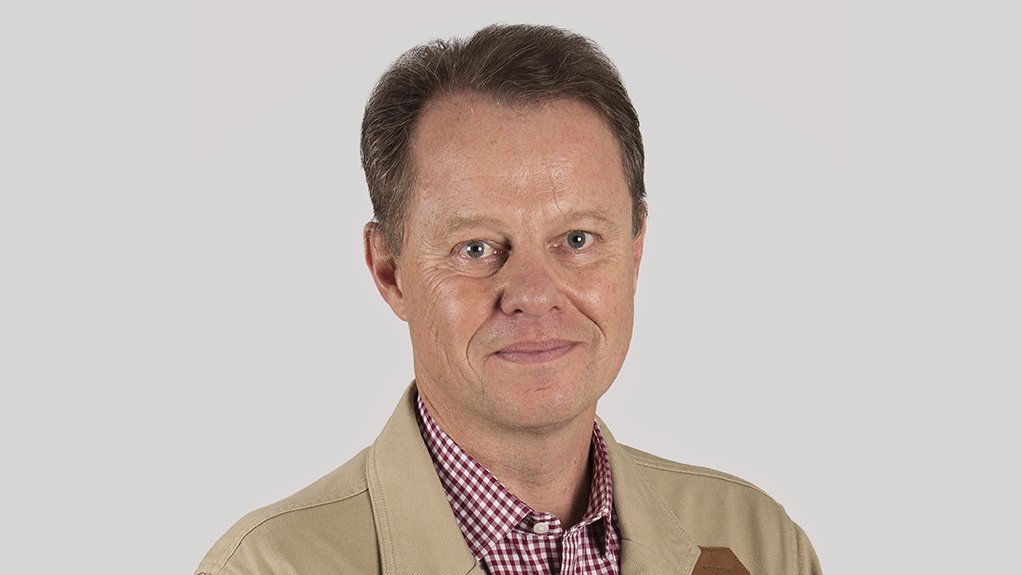JOHANNESBURG (miningweekly.com) – London- and Botswana-listed diamond company Botswana Diamonds is going to apply artificial intelligence (AI) techniques to its Botswana database, the company said on Tuesday, April 9.
Involved are 380 GB of data and 260 000 files in what is described as the country’s second largest diamond exploration information set.
“This is an excellent foundation to incorporate AI to assist in a comprehensive search for new diamond deposits and potentially other minerals,” the company, headed by chairperson John Teeling, stated in a release to Mining Weekly.
Botswana Diamonds’ database has 95 000 km2 of information, including 375 000 km of airborne geophysical input, 606 ground geophysical surveys, 228 000 soil sample results, and 32 000 drill hole logs.
Botswana Diamonds’ geologist MD James Campbell, a Fellow of the Geological Society of South Africa, who has 38-years-plus diamond sector experience, has given his nod to the release.
Being deployed is Planetary AI Ltd Xplore mineral prospectivity technology, developed in collaboration with International Geoscience Service.
Xplore is described as a system that uses semantic technology with machine learning that allows computers to grasp the meaning and context of geological data in much the same way as a geologist.
While the system acts much like a geologist, it can work through vast data-sets quicker in an exercise that is expected to yield new insights that will offer drillable targets previously unseen.
Teeling’s viewpoint is that the database is too big for timely analysis by humans.
“Think of it, over 375 000 km of geophysical data, and 32 000 drill holes logs,” he said, pointing out that large databases are suited to analysis by computer-based large AI techniques that can analyse substantial amounts of data in a short time.
“We feed in the data and create the models from our existing knowledge both theoretical and factual. The techniques then produce results.
“Where it finds inconsistencies or gaps it adapts. It is early stages in both our work and the use of the technique in mineral exploration, but the future potential is huge,” said Teeling.
An added bonus is that the technique will analyse a number of different minerals.
Botswana Diamonds has always believed that there are more diamond deposits to be found under the sand and now there is the possibility of other deposits being identified.
GRAVITY SURVEY
Last year’s advances by Botswana Diamonds included a gravity survey pointing out a high-grade anomaly similar in size or larger than the KX36 high-grade kimberlite pipe in the Kalahari, which is likely to become Botswana’s third main diamond-producing area.
The gravity survey on a licence adjacent to the company’s KX36 diamond discovery found the anomaly, on which further work needs to be done. An environmental-impact study is under way and follow-up drilling is likely.
With kimberlites occurring in clusters, new anomalies generally point to the potential for more to be discovered in the surrounding area.
In South Africa, there was positive progress in the awarding of mining permits at Thorny River.
In Eswatini, a prospecting licence has been granted over diamond properties after a long application period, and the company is also of the view that Zimbabwe remains highly prospective and thus continues to engage with various partners to gain a reasonable entry into Zimbabwe.
EMAIL THIS ARTICLE SAVE THIS ARTICLE ARTICLE ENQUIRY
To subscribe email subscriptions@creamermedia.co.za or click here
To advertise email advertising@creamermedia.co.za or click here













